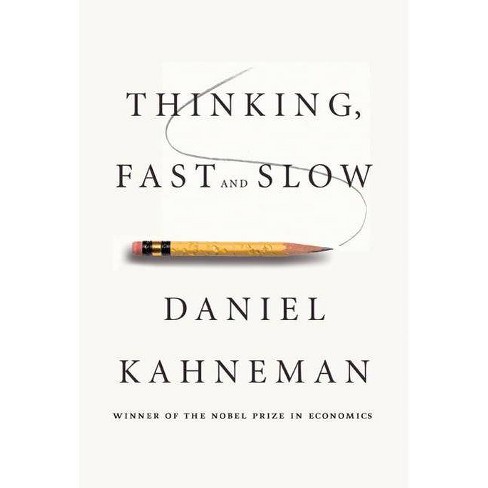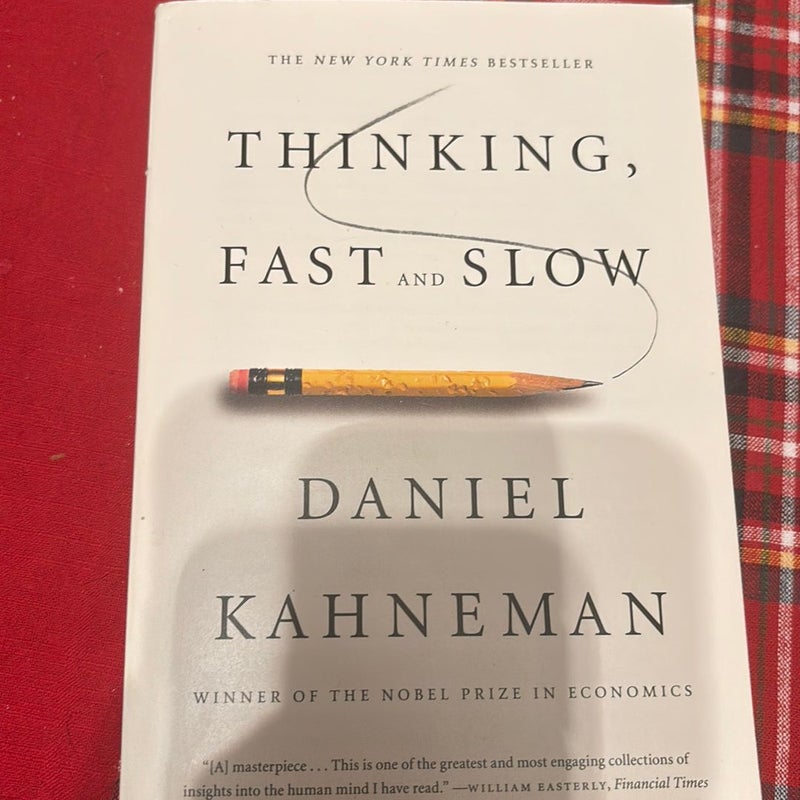
Figure 1 from Thinking Fast and Slow: An Approach to Energy-Efficient Human Activity Recognition on Mobile Devices
Figure 1: Detecting begin and end of a trip relative to a significant place: Use cell-id patterns for “intuitive” detection when possible, and use GPS/WiFi for “deliberate” detection when necessary. Energy saving is achieved when a user visits the same places and repeats the same trips and accordingly the system works in the intuition mode. - "Thinking Fast and Slow: An Approach to Energy-Efficient Human Activity Recognition on Mobile Devices"

A review on bioinspired strategies for an energy-efficient built environment - ScienceDirect
Localization of a Neural System for Error Detection and Compensation - Stanislas Dehaene, Michael I Posner, Don M Tucker, 1994

Trends in human activity recognition using smartphones
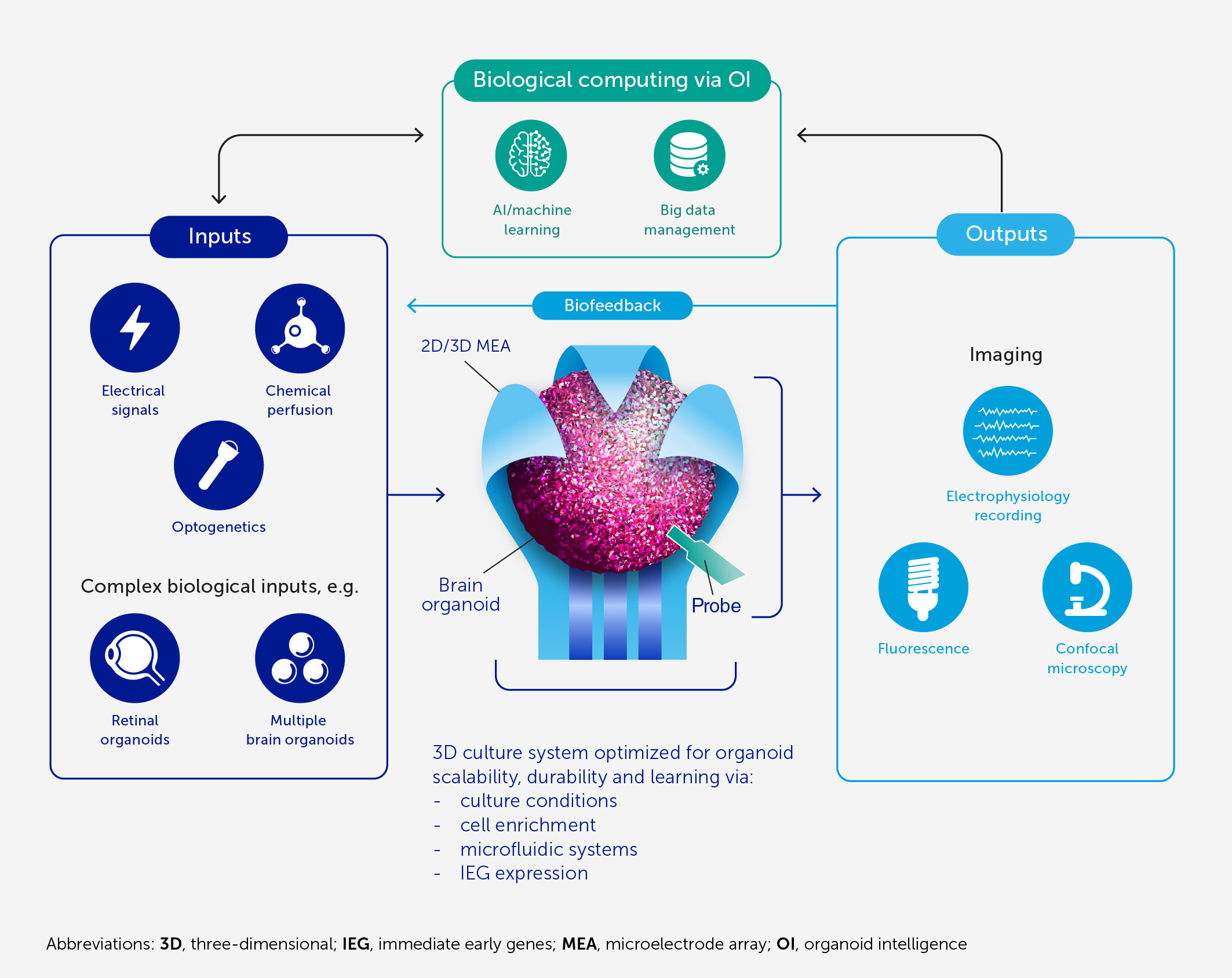
Frontiers Organoid intelligence (OI): the new frontier in biocomputing and intelligence-in-a-dish

Active Site Sequence Representations of Human Kinases Outperform Full Sequence Representations for Affinity Prediction and Inhibitor Generation: 3D Effects in a 1D Model

Self-driving Cars: The technology, risks and possibilities - Science in the News

Figure 1 from Thinking Fast and Slow: An Approach to Energy-Efficient Human Activity Recognition on Mobile Devices
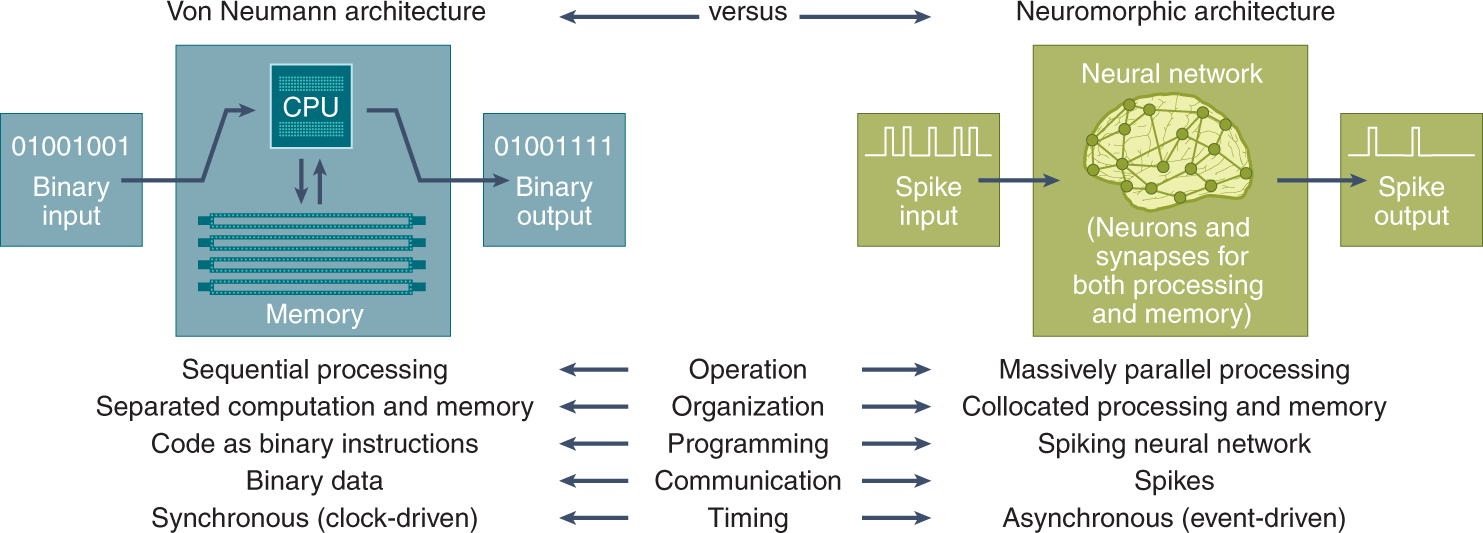
Opportunities for neuromorphic computing algorithms and applications

Sensors, Free Full-Text

Artificial Intelligence: Thinking, fast(er) and slow

Sensors, Free Full-Text

Thinking, Fast and Slow eBook : Kahneman, Daniel: Kindle Store

The convergence of lean management and additive manufacturing: Case of manufacturing industries - ScienceDirect

How To Solve Problems With Technology
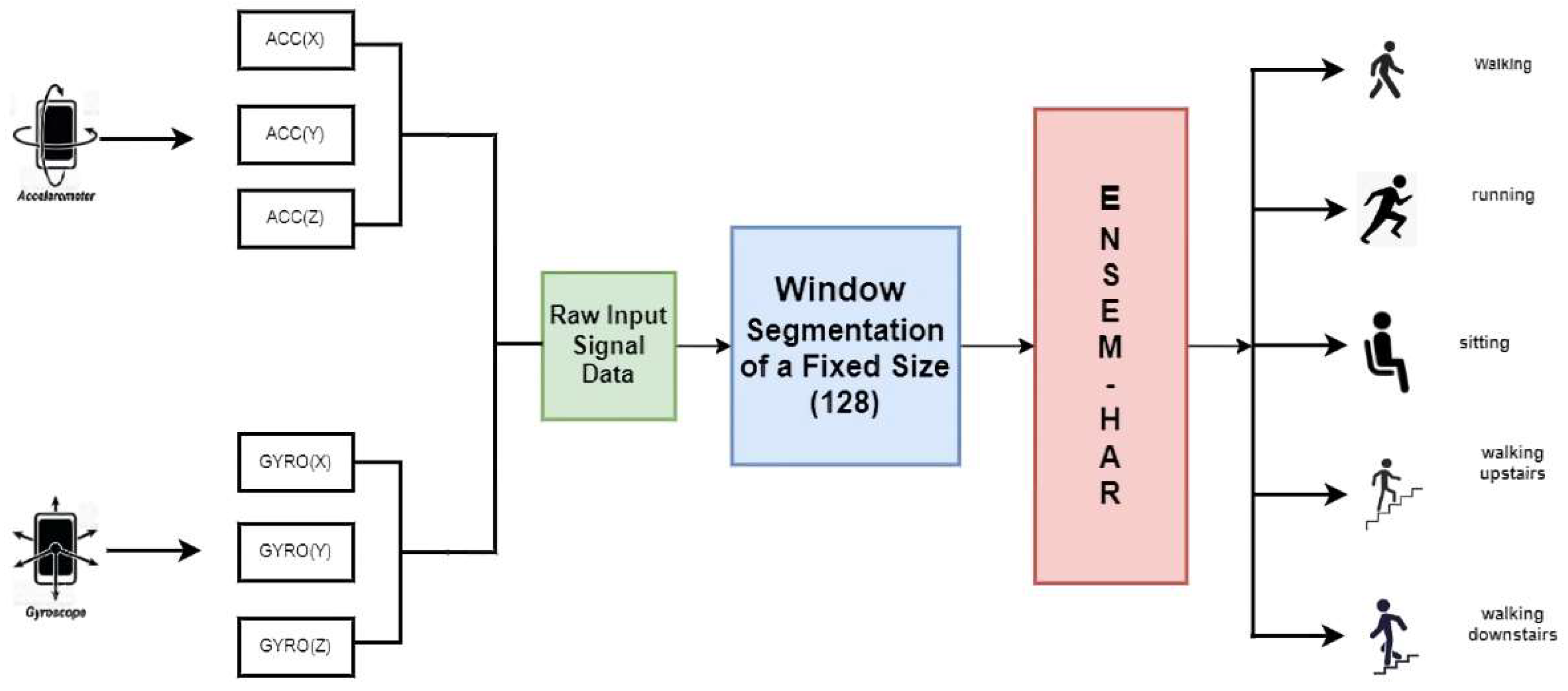
Biosensors, Free Full-Text
